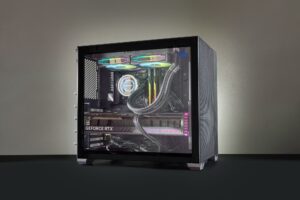Brought to you by Keysight Technologies
By Gabrielle Duncan

With the space industry experiencing disruption not seen since the original space race of the 1960s, engineers have to deal with an unmanageable volume of technical and market information as companies and governments invest in space-based capabilities.
Reduction of launch costs, reusable rockets, and meteoric development of lower earth orbit (LEO) satellite constellations drive today’s satellite industry revolution. Established industry primes and start-ups compete for market share as demand for bandwidth surges.
With so much development happening all at once, it’s difficult to keep up. But here are the key technology trends around the use of digital twins for non-terrestrial networks:
Non-terrestrial networks
Third Generation Partnership Project (3GPP) Release 17 enhancements enable new classes of 5G wireless devices and extend the coverage and capacity of terrestrial networks. NTN refers to satellite constellations or high-altitude platforms (HAPs) that function as relays.
Integrating satellites and other aerial communication systems with terrestrial network infrastructure extends the range of cellular networks to remote areas. Cellular service providers continue to develop NTN technology in their effort to provide ubiquitous coverage around the world.
Every NTN includes points of presence (POP) where a communications satellite connects to the terrestrial internet. The POPs connect to one or more gateways. These gateways link to satellites and function like wideband backhaul links for terrestrial cell towers.
Satellites orbiting nearby may link to each other as a mesh via high-bandwidth optical inter-satellite links. Phased array antennas (PAA) with fixed locations on the ground act as user terminals.
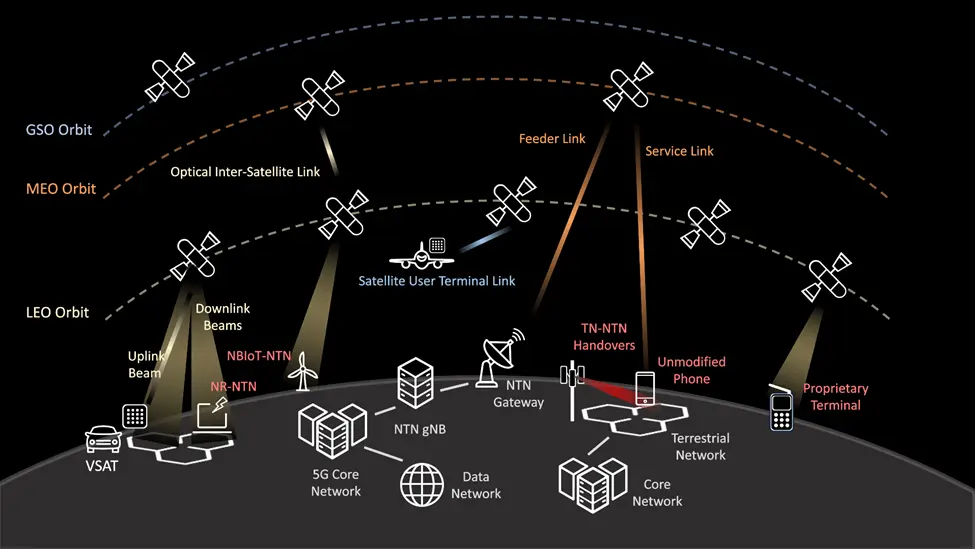
System designers must consider numerous technical and regulatory challenges when developing non-terrestrial networks. Unlike terrestrial networks where the base station remains—as the name implies—stationary, LEO satellites move at several kilometers per second. Additionally, the signal must travel a vast distance through the atmosphere to reach the end user. These factors result in challenges caused by Doppler shift, time-varying path delay, and time-varying path attenuation.
A combination of these factors and a greater susceptibility to interference presents difficulty for NTN design engineers. Using simulation software and digital twins helps mitigate the impact of these complexities.
Digital twins and non-terrestrial networks
Experts at Keysight think of a digital twin as, “…a digital model that keeps getting better.” As an engineer continues to inform the model with more test data, the digital model becomes a true, digital duplicate of the physical system in question. A digital twin not only represents a physical system digitally but also models the behavior of that system.
While just building a model only provides engineers with a static representation of a physical asset, as things go out into the real world, how the system interacts with the universe might be different than imagined.
Digital twins enable engineers to maintain dynamic models—they require a data feedback loop continuously informing the model of real-world system behavior. Traditionally, sensors capture this data from the physical twin in real time, but measurement data recorded from physical testing also helps engineers update the model.
This data-based feedback loop elevates digital twins beyond standard simulation. For the product engineers who manipulate and analyze the model, this level of fidelity provides the unparalleled accuracy needed to successfully develop components and systems deployed in space.
For example, the Keysight Eggplant team used digital twins when developing software solutions for the NASA Orion spacecraft. The team tested the software using a digital twin of a human acting as an astronaut.
Since digital twins deliver high-fidelity representations of real-world entities, product engineers use them to analyse the safety, performance, and functionality of their designs through virtualized simulations and emulations. Whether you’re testing a product, or testing your test system itself, the dynamic nature of a digital twin provides the most realistic results.
Because satellite networks present massive upfront investment, service providers must implement all the infrastructure far in advance of serving customers and generating revenue. To secure a customer base and investment, they need a convincing system-level model that demonstrates the parameters and performance of their service spanning multi-domain communications comprising terrestrial networks, satellite networks, or HAPs to create an end-to-end 5G network.
Additionally, errors in operational SATCOM systems risk incurring high costs for solution providers. Once a space system deploys, maintenance or troubleshooting becomes prohibitively expensive if not impossible. Studies such as NASA’s Error Cost Escalation Through the Project Life Cycle indicate that addressing errors in operational systems costs 1,000 times more than during the requirement specification phase, and 25 times more than in the research and development phase.
As space becomes more congested and contested, the risk of collision and cyber-attacks remain critical concerns for system designers. Consequently you must have high-fidelity network simulation well in advance of building hardware. Therefore, during early concept development, NTN designers simulate everything from traffic patterns to cyber threats to maximise the chance of deployment success.
For example, Keysight EXata Network Modeling facilitates the creation of a precise network digital twin, allowing for real-time network simulation and emulation that mirrors the exact behavior of a targeted network. EXata uses a software virtual network (SVN) to digitally represent the entire network, the various protocol layers, antennas, and devices.
By providing a faithful replication of external behaviour, the emulator ensures a high-fidelity representation, virtually identical to the real system. This approach presents a cost-effective means of evaluating new network technologies before the physical construction of systems.
EXata also allows network operators to assess the impact and risks of cyber threats, as shown in Figure 2. As a digital replica of the target system, EXata provides a zero-risk, cost-effective way to analyse how the system responds to cyber-attacks and evaluate different strategies safeguarding against them.
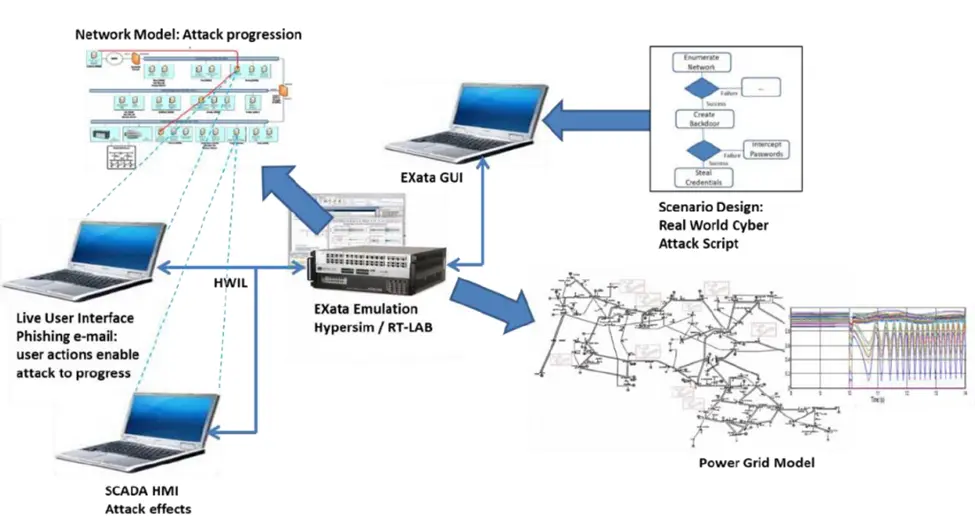
To learn more, check out our case study on the use of network digital twins for assessing cyber resilience: Ukraine Power Grid Attack.
Non-terrestrial network use cases
The primary benefit of NTN is extended coverage. While many NTN use cases exist, they vary in scope. Some focus on direct-to-device services while others center on handling backhaul traffic. NTN provides an opportunity for network service providers to offer premium services in an otherwise untapped market of customers for whom fiber or terrestrial microwave connections remain impractical.
Remote coverage
For remote and underserved regions, including offshore oil platforms, high-speed rail, and in-flight aircraft, applications like broadband LEO communications and fixed cell connectivity enable users access to 5G services. The most ambitious NTN proposals call for direct-to-handset links with global coverage and low latency (beyond 2 Mb / second).
NTN developers also plan to enhance machine-to-machine (M2M) communication for industrial applications such as environmental monitoring and asset tracking, with ubiquitous and reliable connectivity to the Internet.
Wide-area IoT will leverage satellite links to augment terrestrial networks, enabling IoT services over a wide area for relatively high-latency applications including energy networks, transportation, and agriculture. In addition to expanding network coverage, mobile network operators (MNOs) also plan to use non-terrestrial networks to fill gaps at the edge of existing terrestrial coverage areas.
Beyond industrial and private sector applications, this technology offers tremendous benefits to public service, rescue, and emergency communications. In the event of natural disasters, network outages, or regional conflicts NTN provides backup connectivity to ensure continued service for mission-critical, time-critical communications. As such, any data-dependent and data-intensive use case stands to benefit from NTN infrastructure.
The war on Ukraine showcases open-source intelligence capacity when leveraging satellite imagery. Developments in commercial satellite and radar technologies served to support detection and surveillance efforts pertaining to the conflict. Though the private sector space race accelerated only recently, the satellite technology advancements enabling NTN development already re-calibrated land war.
Narrowband Internet-of-things
Originally envisioned as a technology to connect low-cost IoT devices with limited power consumption and throughput, developers now plan to integrate NB-IoT with NTN, as shown in Figure 3. NB-IoT will support ubiquitous coverage to mobile handsets for texting, voice communication, and multicast firmware updates.
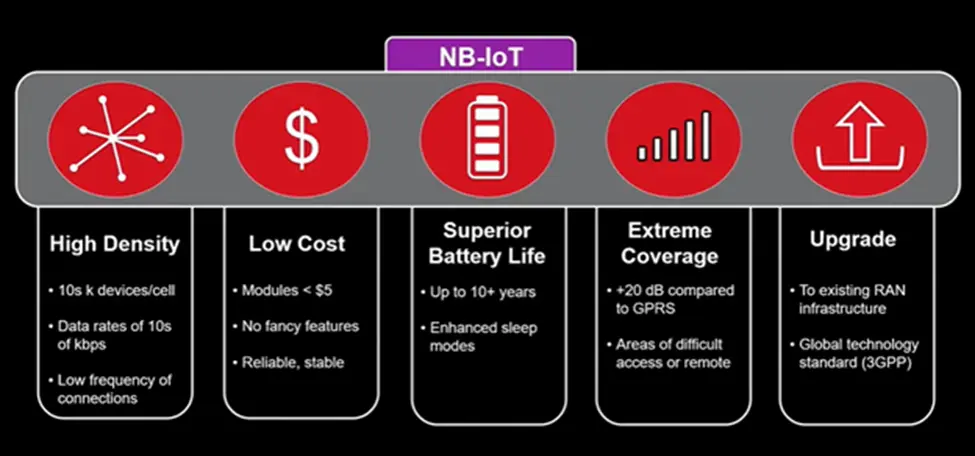
Future development
As high-performance user terminals reduce in size and cost, along with the reduction in launch cost enabling more frequent satellite deployments, the broadband service available becomes more desirable for customers. Attracting customers funnels more funding into development, allowing for more terminal installations and satellite launches, see Figure 4.
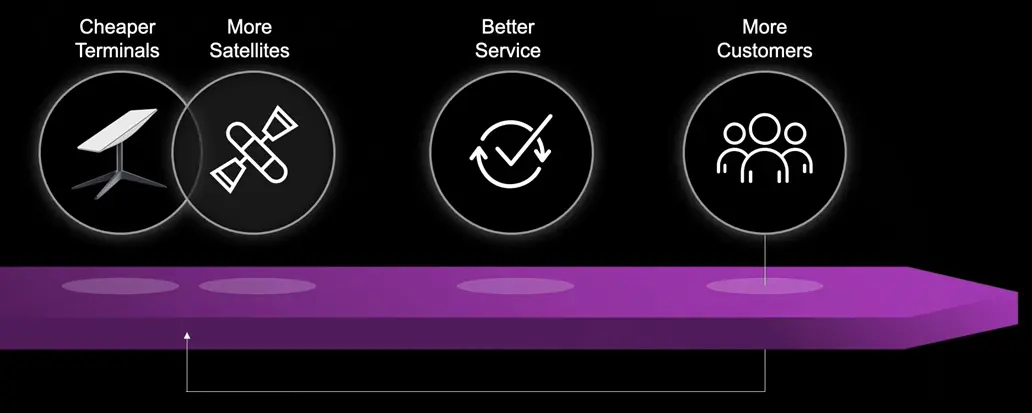
NTN technology will not only enhance the space industries technological capabilities, but also open market opportunity in the most remote geographies. Addressing regulatory and policy considerations is essential to guarantee a fair distribution of network resources and safeguard frequencies for both terrestrial and non-terrestrial networks. Throughout this uncertainty, development techniques like digital twins will continue to support NTN innovation and minimize iterative design cycles.
Gabrielle Duncan is portfolio marketing manager at Keysight Technologies
